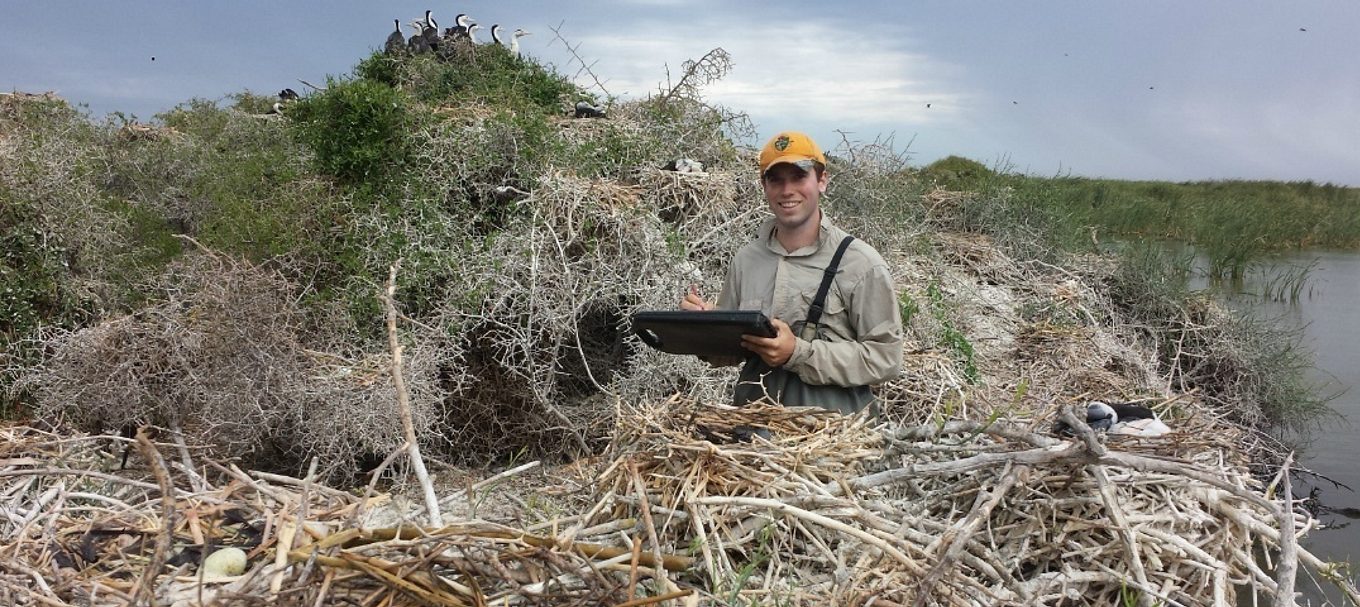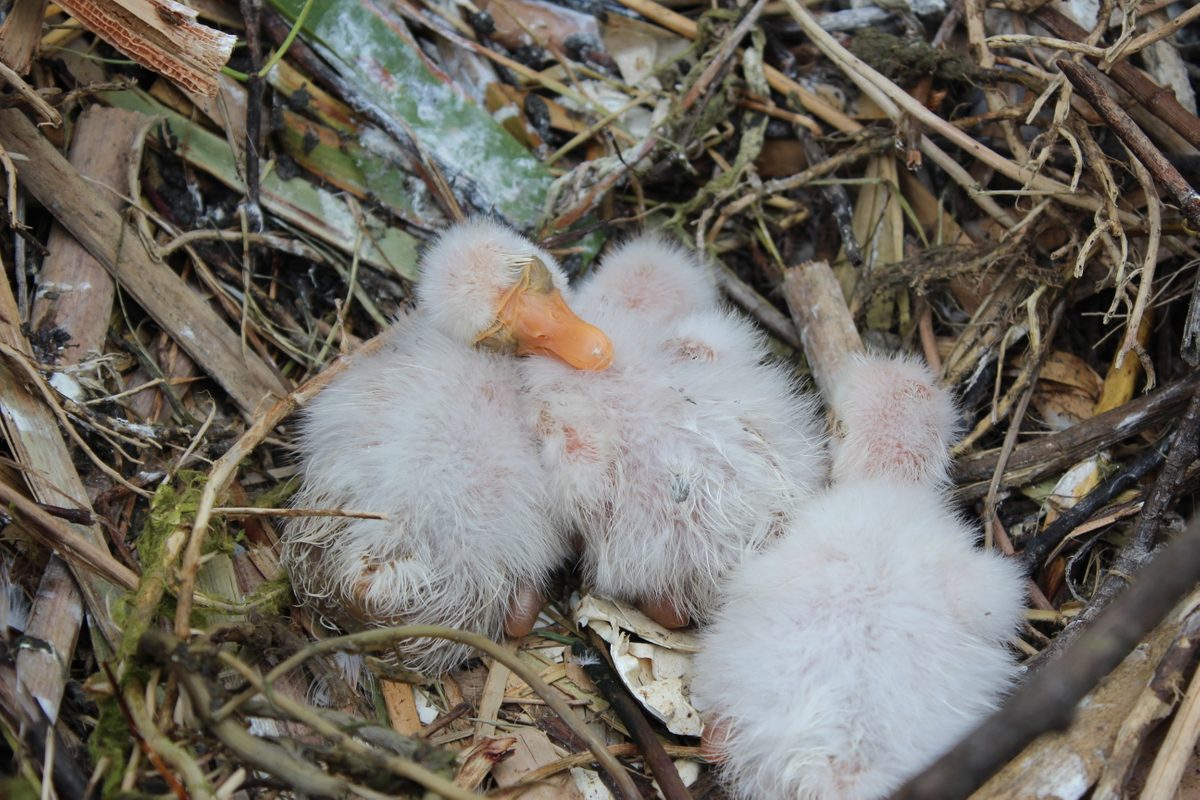
Breeding boom perfect for birdwatching
Birdwatchers are guaranteed to have a field day in the Lower Lakes this summer with large numbers of waterbirds nesting and breeding in the region.
In particular, visitors can spot nesting Pied Cormorant, Great Cormorant, Straw-necked Ibis and Royal Spoonbills, along with a wide range of other species.
In spring an aerial survey of the Murray-Darling Basin revealed large numbers of nesting ‘colonial’ (meaning they gather in colonies to breed) waterbirds around Lakes Albert and Alexandrina, but little sign of birds breeding elsewhere in the Basin.
The large-scale breeding event is thought to be due in part to the delivery of water for environmental purposes. This additional water has increased the numbers of fish and invertebrates – providing an ample food source for the waterbirds.
The higher water levels have also played a role in protecting the nesting birds and their chicks from land-based predators such as foxes. The result is there are many more breeding colonies in the region this year, much more than recorded previously.
Ecologists have been tracking progress at two of the five colonies around the Lower Lakes. In spring they counted more than 1000 nests, mostly with eggs and some with chicks, and in summer they’re seeing breeding pairs of Pied Cormorant raising an average of two chicks per nest.
Some Pied Cormorant are even starting a second round of breeding for the season. Young Royal Spoonbills and Straw-necked Ibis have also been spotted fully fledged and may be just a few weeks away from leaving their nests.

Royal Spoonbill chicks at Salt Lagoon. Photo courtesy of Adrienne Rumbelow.
With dry conditions forecast across the Murray-Darling Basin, it may be some time before this kind of breeding event is observed again.
Here’s our top tips for birdwatching:
- Check the Birds SA website for the best publically-accessible birdwatching locations in the region.
- Breeding colonies in Lakes Alexandrina and Albert are best observed by boat or canoe – most are found on remote islands or in offshore reed beds.
- Each species has a different approach distance, for example Common Greenshank are spooked easily, often taking flight when you encroach within 100 metres of them. Sharp-tailed Sandpipers and Red-necked Stints may forage within 30m of you.
- Don’t disturb birds:
- oview them from a distance – partner up with a friend who has a spotting scope or very good binoculars
- oview them from your car or boat – bird watchers often say birds are less disturbed when they view them from inside a car with the window down
- only make short visits to breeding colonies – adult birds are easily disturbed from nests.
- Take care when viewing beach-nesting birds, i.e. avoid driving on beaches.
- Pick a nice cove which offers sweeping views.
- Birds are most active in the morning and late afternoon.
- Avoid wearing bright colours.
- Leave the dog at home.
Main image courtesy of Kate Mason.





